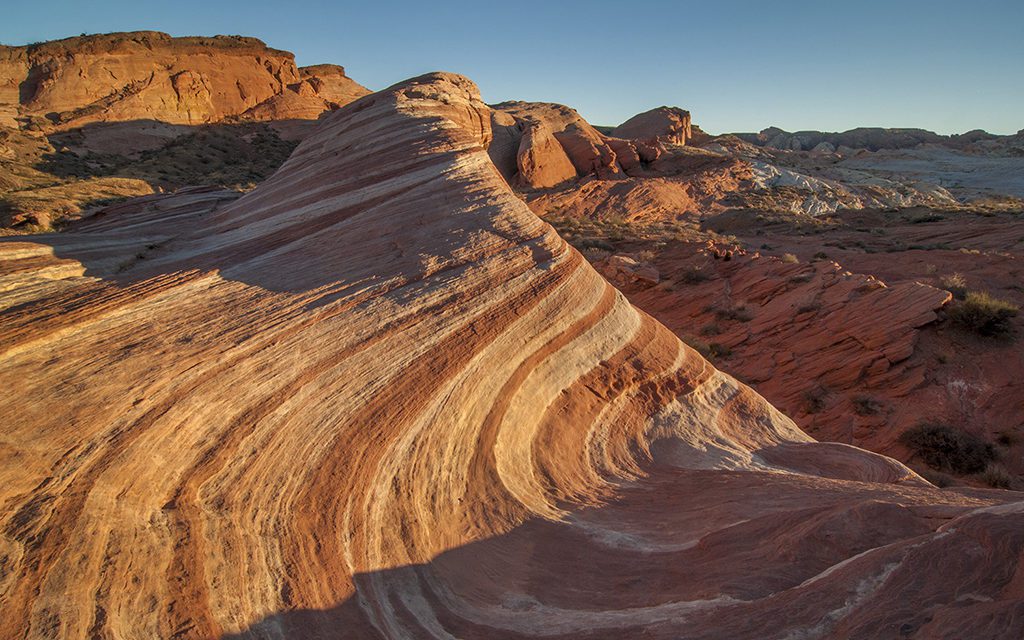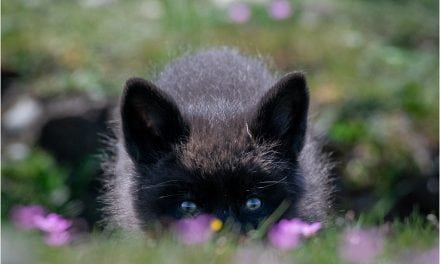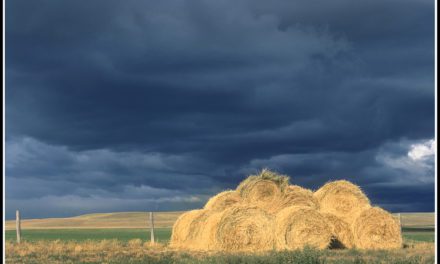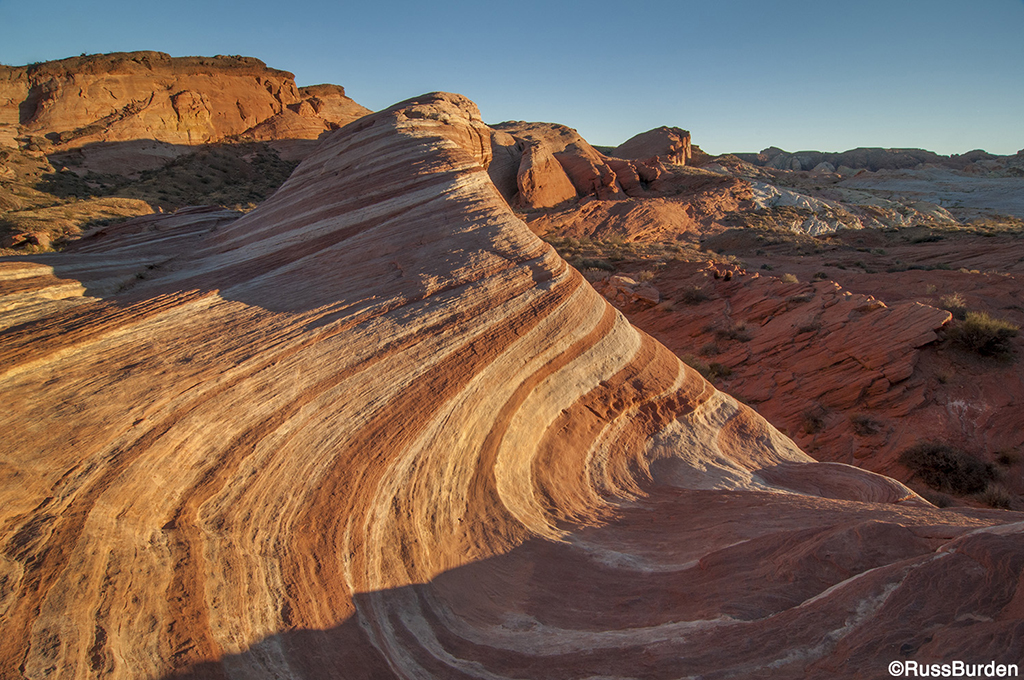
Patterns, curves, shapes and more are the building blocks upon which all structures originate. Whether it’s a repetitive hexagon formulated into a beehive or the foundational structure of a multi-story office building, they’re found everywhere. Factors that determine the success of the capture start with lens choice and subject. These evolve into reading the light, color and contrast. Shooting angle and composition are the final ingredients that determine if the end product is museum-worthy. In this two-part series, I explore these factors of photographing shapes, lines, patterns and textures in nature.
Shapes
Shape plays an important role in identifying objects. A skylined giraffe silhouetted against an iconic Serengeti sunset is easily identifiable. Its shape needs no explanation as to what it is. The same holds true for items such as the Eiffel Tower, the Statue of Liberty, Monument Valley Mittens and the statue of the flag raising at Iwo Jima. Their forms are known by all. To be successful, your photo needn’t have the iconic identification of these items, but they should be recognizable.
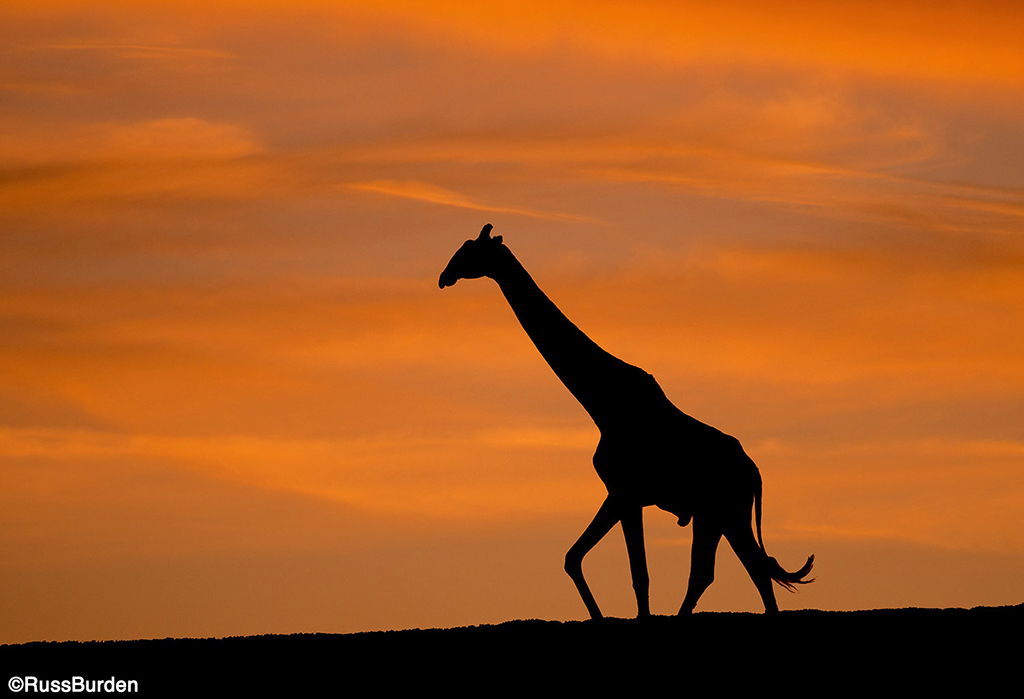
Isolate an object against a clean background. The background should be a lot brighter than the subject. Expose for the background. If the difference in exposure allows for it, the subject will fall into silhouette. This is a good starting point to learn how to produce successful images of shapes.
Lines
Lines help to convey a sense of depth, movement and rhythm. Contingent upon their direction of flow, lines can also provide or imply mood. Whether they’re horizontal, vertical, diagonal, converging or S-shaped, each suggests a different atmosphere.
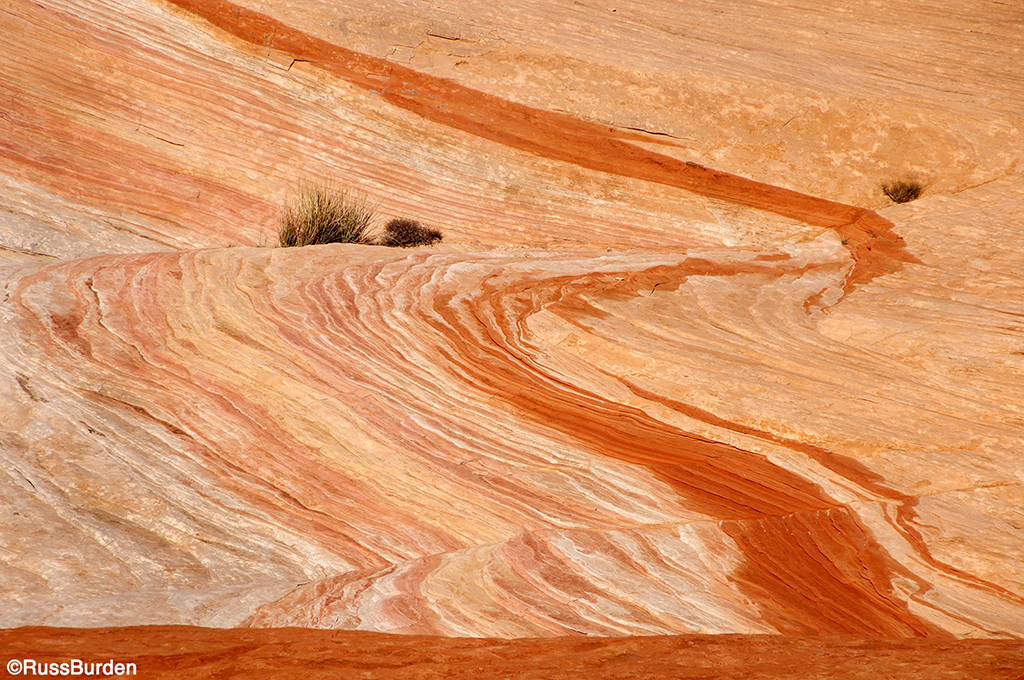
Horizontal lines bring to mind thoughts of tranquility. When people sleep, it’s in a horizontal position. The idea of setting something down implies laying it out horizontally. Whether on a grand scale or close up, search for lines that communicate serenity.
Vertical lines symbolize power, strength and fortitude. When people stand tall, it represents pride. Animals raise themselves in a vertical stance to ward off predators. Photo subjects with vertical lines evoke the same meanings. Trees, mountains and skyscrapers are great subjects to portray this dominance.
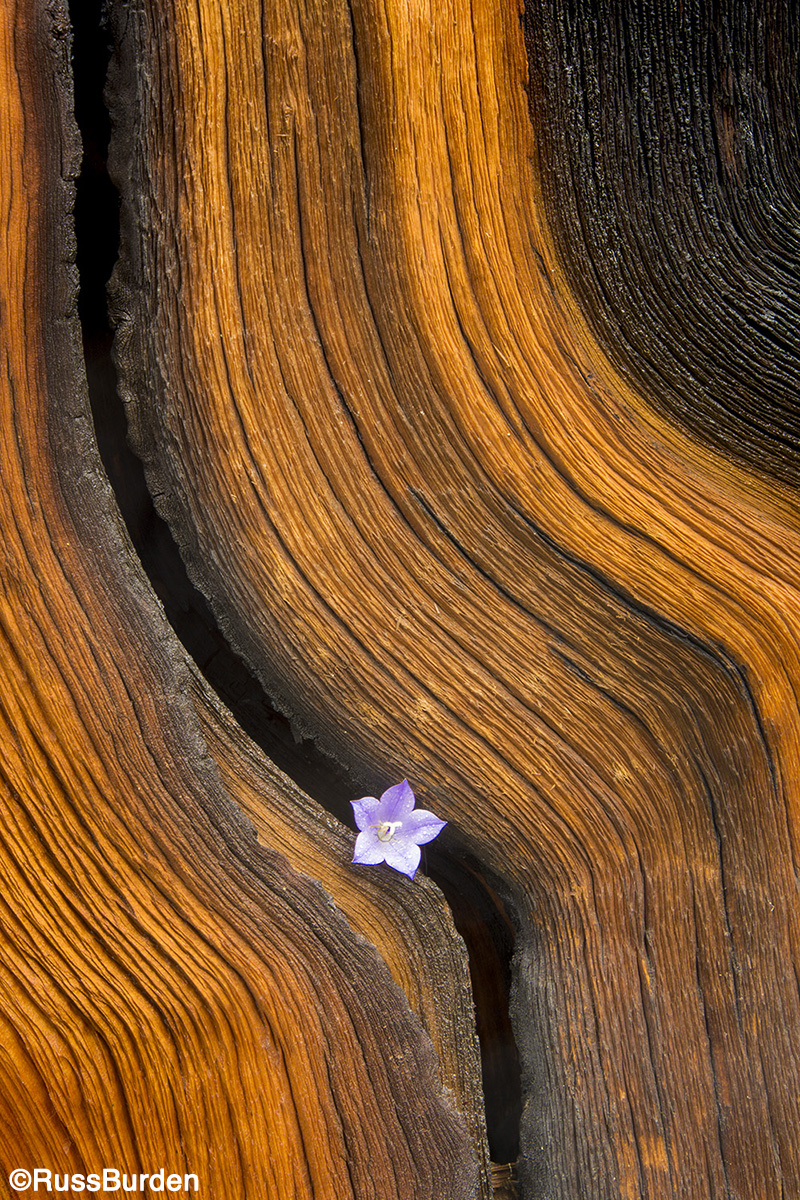
Diagonal lines evoke speed, movement and action. If you tweak the angle of the camera, more of a diagonal can be achieved. I often do this with flower photography. Rather than present the image as a static vertical, I tilt the camera so the image shows the flower growing diagonally. Curved lines show grace and beauty. Be it an arc of an aspen forest, a field of wildflowers or the sinuous formations of sand dunes, each depicts elegance and movement. The flow of the curve can be long and sweeping or short and rapid. The greater the sweep, the more serene and peaceful the representation.
Converging lines command the viewer’s attention to fixate upon a single focal point. They create a strong sense of depth in a two-dimensional photograph. Whenever parallel lines recede to the horizon, the illusion of convergence is the result. Railroad tracks and roads, each shot from a low angle, are classic examples.
Move In Close
The use of a macro lens or other means of getting close is an effective way to record the world of shapes, lines and textures. The simplest of items can open a whole new world of possibilities when magnified. Items the size of a dime can fill the frame. Details on a bee’s face can be seen. Dewdrops become giant balls of water. Hours can be spent photographing a 10-by-10-foot square area.
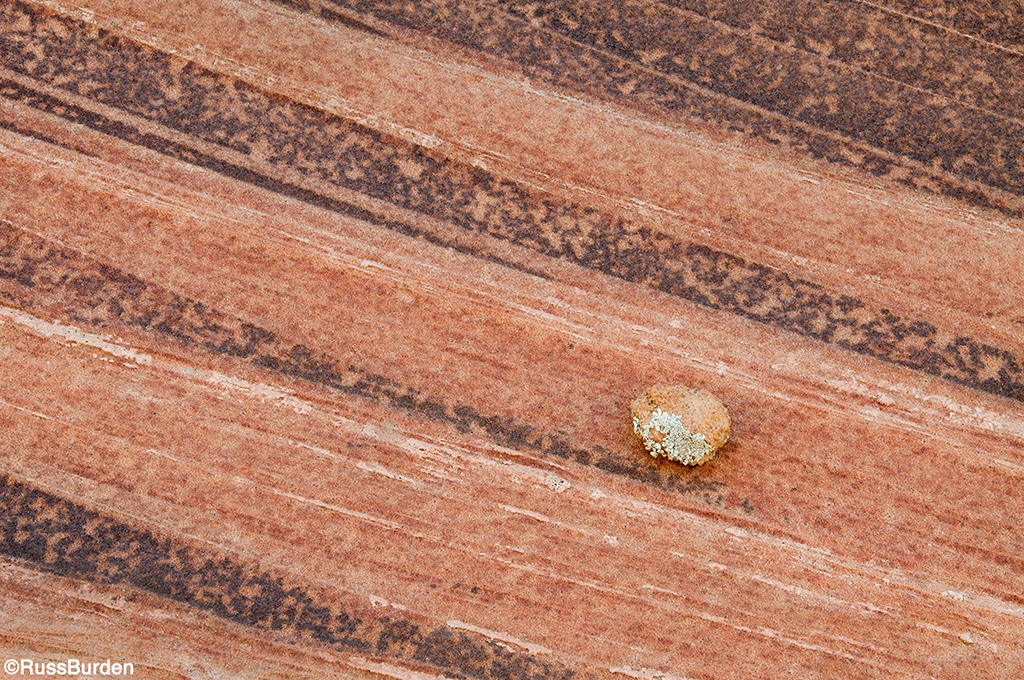
The arena of close-up photography enables photographers to expand the number of pattern images in their files. Move in close to the underside of a leaf, the natural lines on a granite boulder or the bark of a tree. Elements that live in a three-inch rectangle fill the frame. A magnitude of images can be made from a single item. Use flash as a main light and total control of the image-making process is at your command.
Next week, we’ll cover patterns and texture, and whether black and white or color is a better choice in certain situations.
To learn more about this subject, join me on a photo safari to Tanzania. Visit www.russburdenphotography.com to get more information.
The post Shapes, Lines, Patterns And Textures in Nature, Part 1 appeared first on Outdoor Photographer.

